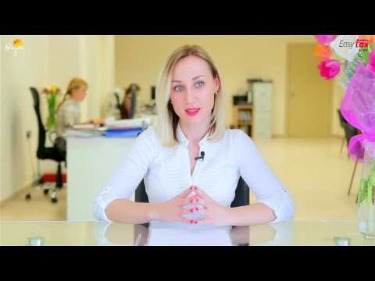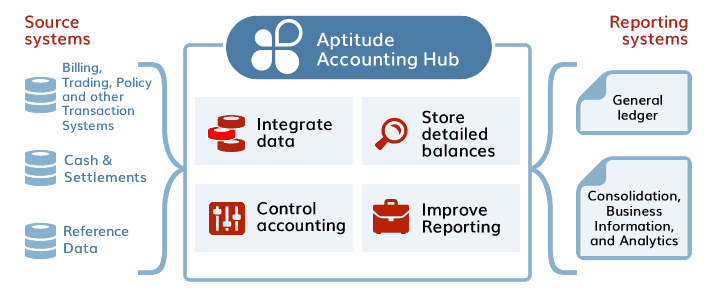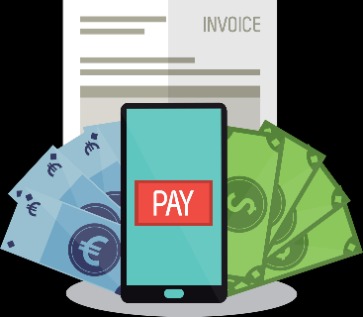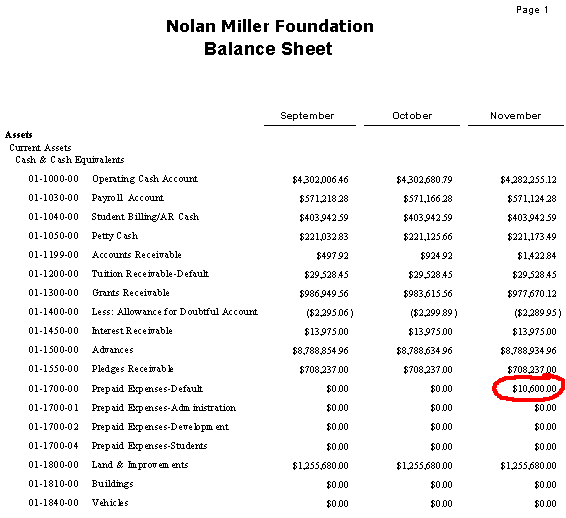Content

Knowing your cash flow will also help determine whether your business is in a position to pay staff and keep current on bills, now and in the future. Twenty-nine percent of small businesses fail because they run out of money. To avoid this, you need to know how to calculate cash flow for your company before it gets too late. Luckily, there are different Operating Cash Flow Calculation cash flow formulas to help small businesses monitor how money moves in and out as they go about their day-to-day operations. Remember that depreciation and deferred tax are considered non-cash expenses. Therefore, an increase in accounts receivable and an increase in inventory are part of the items that are increases in working capital.

If the payment noted in net income has not been received, then the net income is overstated. The cash flow statement would need to show the reduction to reconcile the numbers. You will then work backward to determine the cash basis figure for the accrual https://quick-bookkeeping.net/differences-between-cash-and-accrual-accounting/ period. Under the indirect method, the figures required for the calculation are obtained from information in the company’s profit and loss account and balance sheet. From the following information, calculate the net cash flow from operating activities .
Example of operating cash flow
Datarails’ FP&A solution replaces spreadsheets with real-time data and integrates fragmented workbooks and data sources into one centralized location. This allows users to work in the comfort of Microsoft Excel with the support of a much more sophisticated data management system at their disposal. If you’re using the wrong credit or debit card, it could be costing you serious money. Our experts love this top pick, which features a 0% intro APR until 2024, an insane cash back rate of up to 5%, and all somehow for no annual fee. According to the reports above, Jones Bookstore currently has Net Cash from Operating Activities in the amount of $28,750. But Jeff Jones, the owner of the bookstore, has also invested in a small coffee shop next door to his bookstore, which pays him profits on his investment quarterly.
How do you calculate operating cash flow from EBIT?
Operating Cash Flow = EBIT + Depreciation – Taxes
This is the amount the business made from its revenue minus the operating expenses. To determine the operating cash flow, the business must track its depreciation of assets used for operations and add this amount to its EBIT.
Surprisingly, the Financial Accounting Standards Board recommends that companies use the direct method when calculating operating cash flow. This method provides a clearer picture of cash flow throughout the accounting period than at the end when all calculations are made. Your cash flow statement includes the company’s operating cash flow, investing cash flow, and financing cash flow.
Operating Cash Flow Formula vs Free Cash Flow Formula
This increase in AP would need to be added back to net income to find the true cash impact. As a result, companies want their OCF ratio to be greater than one, as that means they’ve generated more cash than debt. This also typically means that the higher the number, the better. Cash flow as a whole does not give you a clear picture of your profits, but the operating cash flow does.
- But if the company is having a difficult time getting paid for the items sold, then the boost is not a true economic benefit for the company.
- There are many ratios that can be exploited by management’s choice of accounting principle or practice.
- Essentially, you want to adjust for things like depreciation, increases in accounts receivable, and other non-cash and non-operating expenditures from your net income.
- Operating cash flow is a measurement of the amount of cash brought in by a company’s normal business operations.
- Therefore, the company generated operating cash flow and free cash flow of $22.1 million and $9.3 million respectively during the year 2018.
- By taking capital expenditures into account, we are using the Free Cash Flow formula.
Financial analysts sometimes prefer to look at cash flow metrics because they strip away certain accounting anomalies. Operating cash flow, specifically, provides a clearer picture of the current reality of the business operations. The direct method tracks all transactions in a period on a cash basis and uses actual cash inflows and outflows on the cash flow statement. Operating cash flow is the first section depicted on a cash flow statement, which also includes cash from investing and financing activities.
How to Calculate Restaurant Cash Flow
By contrast, some companies may be regarded as financially strong because they report large, positive operating cash flows. This condition, however, may be the result of a decision not to reinvest in their businesses and to “harvest” the cash that mature businesses often generate late in their life cycles. It might be argued that focusing on the negative operating cash flows of Pan Am, Massey, and Harvester at least would have signaled their coming financial straits. By this standard, however, most growth companies would have to be called financially distressed. Growing companies, in their efforts to take advantage of market opportunities and gain market share, often cannot generate positive operating cash flows as they build receivables and inventories. Yet these companies usually have little difficulty meeting their operating cash shortfalls as long as creditors and equity investors share the perception of their growth potential.

The indirect method begins with net income from the income statement then adds back non-cash items to arrive at a cash basis figure. The point of this calculation is to see if the operating cash flow trend is predictable in a business. Calculating your OCF helps you to determine the cash impact your normal operating activities have on your net income. It describes the cash that needs to be on hand to cover the company’s current liabilities and ensures you are able to operate without relying on borrowing. The direct method can be used if a company records all transactions on a cash basis. By doing so, they use actual cash inflows and outflows and do not need to make all of the necessary adjustments present in the indirect method.
